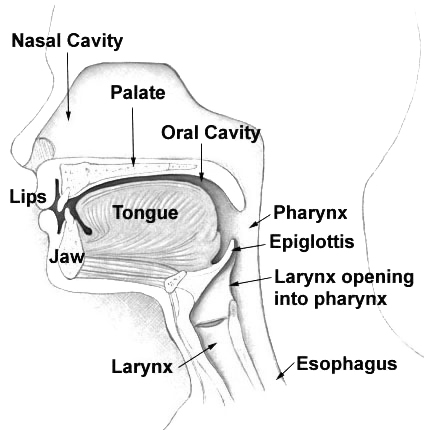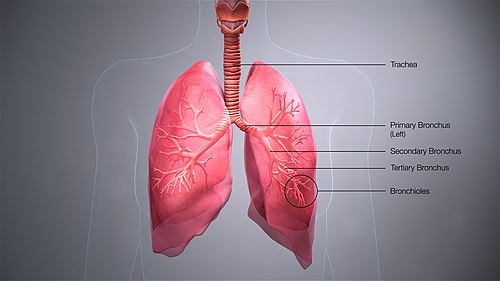The parts and function of the breathing system are crucial for life. This system, also known as the respiratory system, brings oxygen into the body and removes carbon dioxide. From the nose to the lungs, every part plays a specific role to make breathing possible and efficient.
Nasal Passages (Nose and Nasal Cavity)

Air enters through the nose, where it is filtered, warmed, and moistened. Tiny hairs (cilia) and mucus trap dust and microbes, protecting the lungs from harmful particles. The nasal cavity also contributes to our sense of smell.
Trachea and Bronchi

The trachea (windpipe) carries air from the throat to the lungs. It then divides into two bronchi, each leading to a lung. These tubes are lined with mucus and cilia to keep the airway clear and clean.
Lungs and Diaphragm

The lungs are the main organs of the respiratory system. Inside the lungs, oxygen is transferred into the blood and carbon dioxide is removed. The diaphragm, a muscle under the lungs, contracts and relaxes to allow breathing in and out.
Quick Table: Parts and Functions of the Breathing System
| Part | Function |
|---|---|
| Nose & Nasal Cavity | Filters, warms, and moistens air |
| Trachea & Bronchi | Transport air to and from lungs |
| Lungs | Exchange of oxygen and carbon dioxide |
| Diaphragm | Controls airflow by contracting and relaxing |
The breathing system is an amazing network that keeps us alive every second. Knowing how each part works can help us better understand respiratory health and why breathing clean air is so important.

